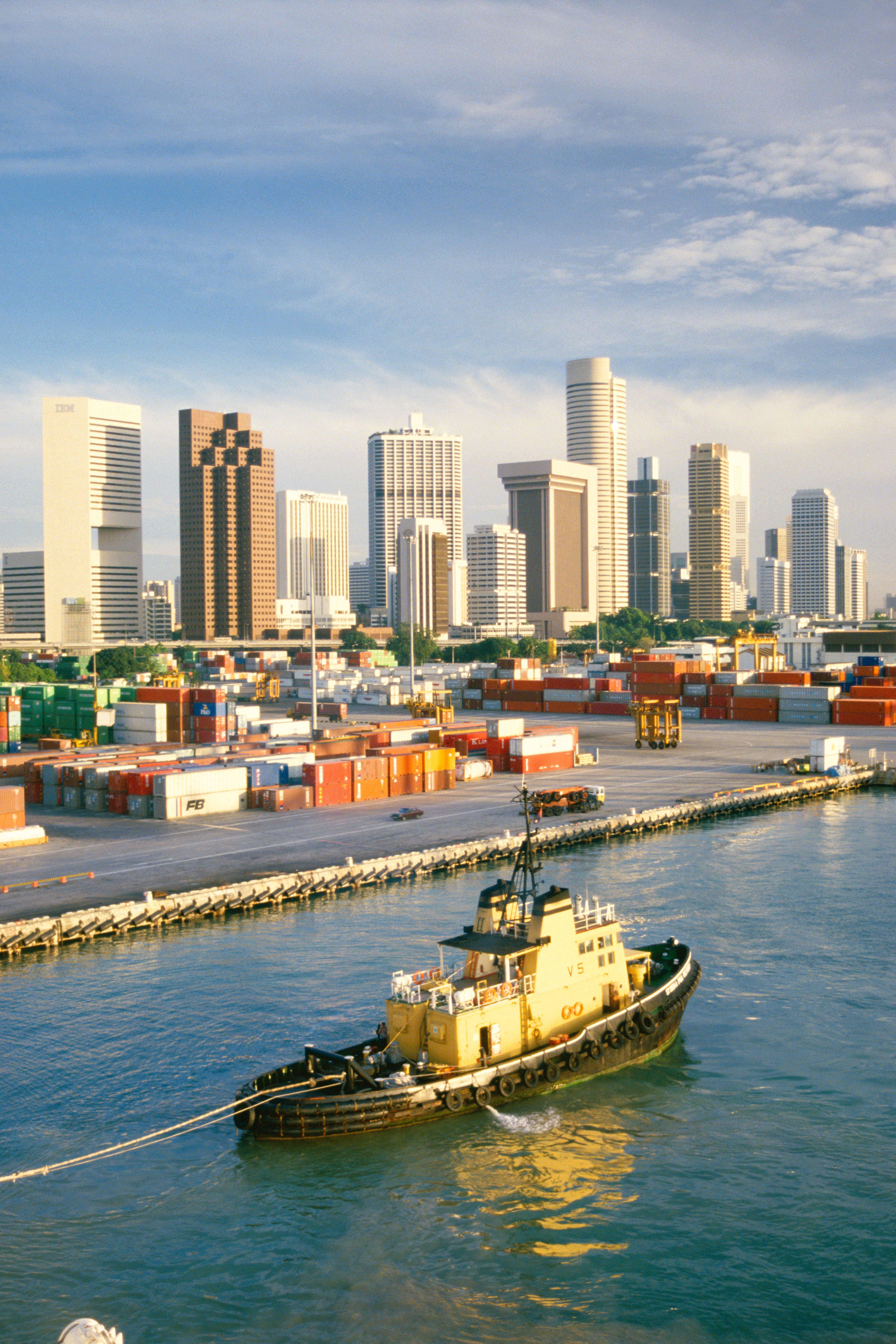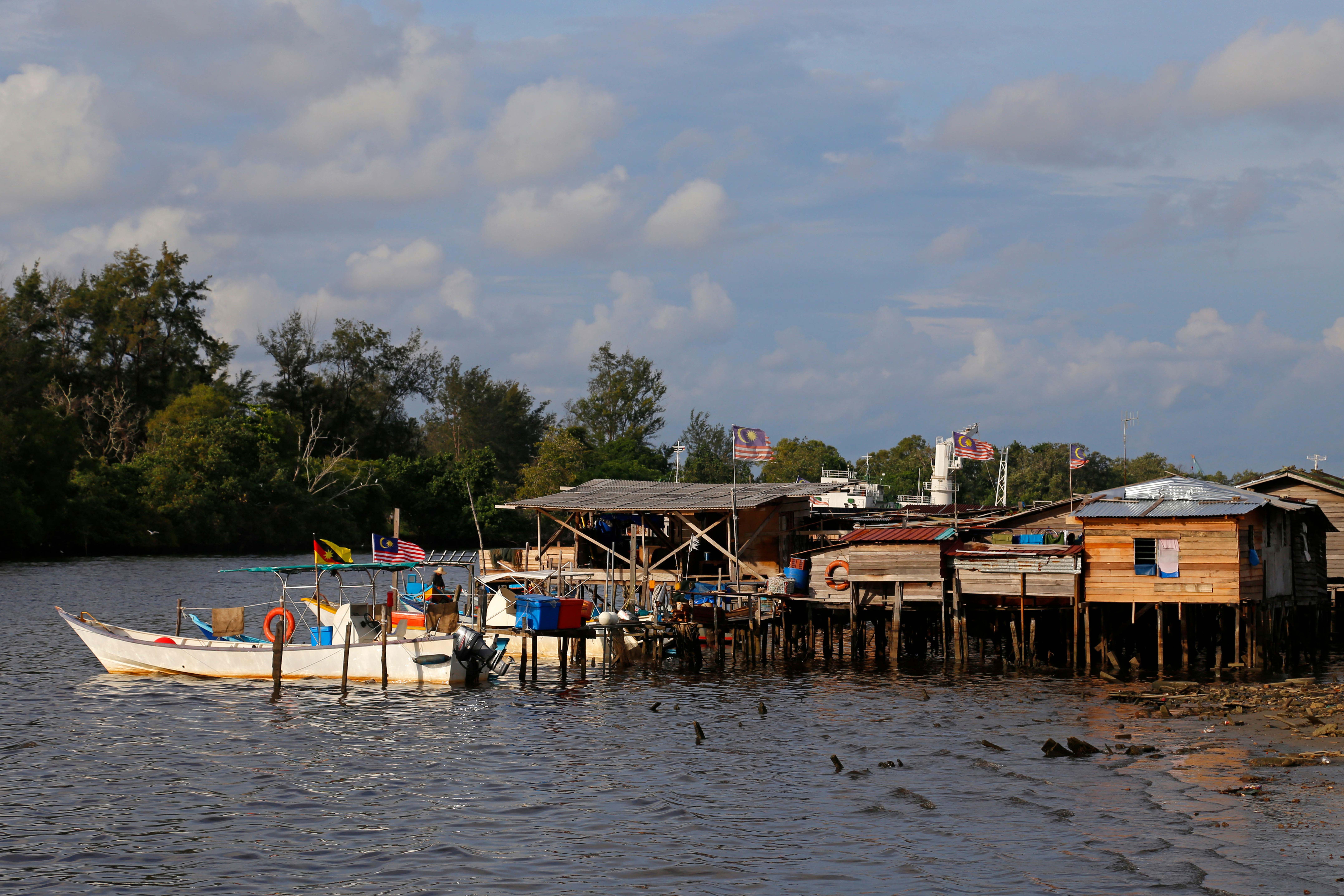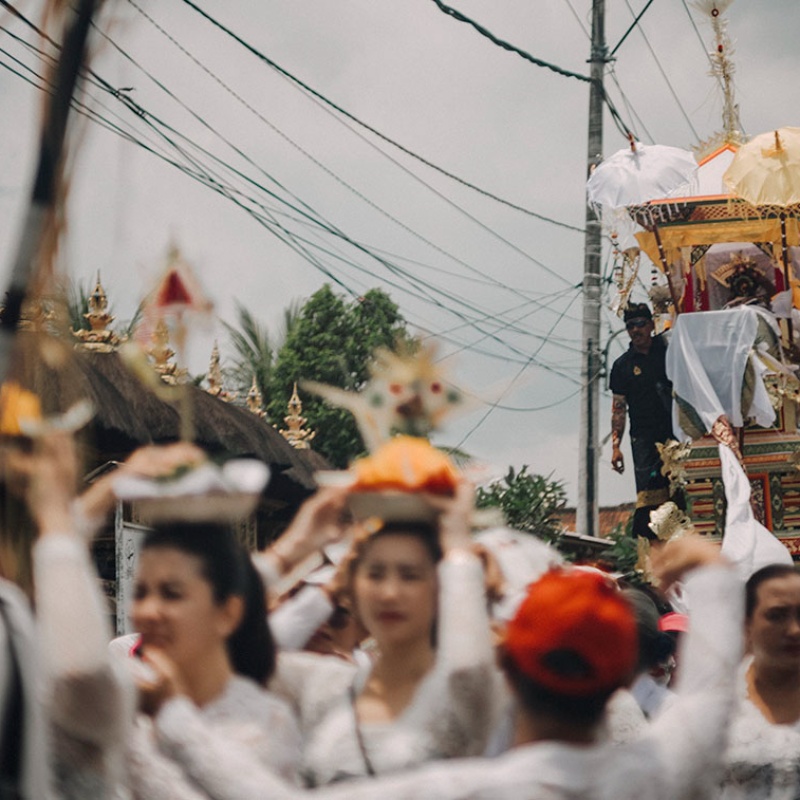In the popular imagination, kampongs are often perceived as rural idylls — static villages untouched by modernity. However, this view obscures the historical reality: the kampongs of Singapore, Malaysia and the Malay Archipelago were dynamic hubs, deeply integrated into the region’s commercial and political networks. Rather than standing apart from urbanisation, kampongs represented one of Southeast Asia’s earliest and most distinctive forms of urbanism — an urbanism shaped not by land, but by water.
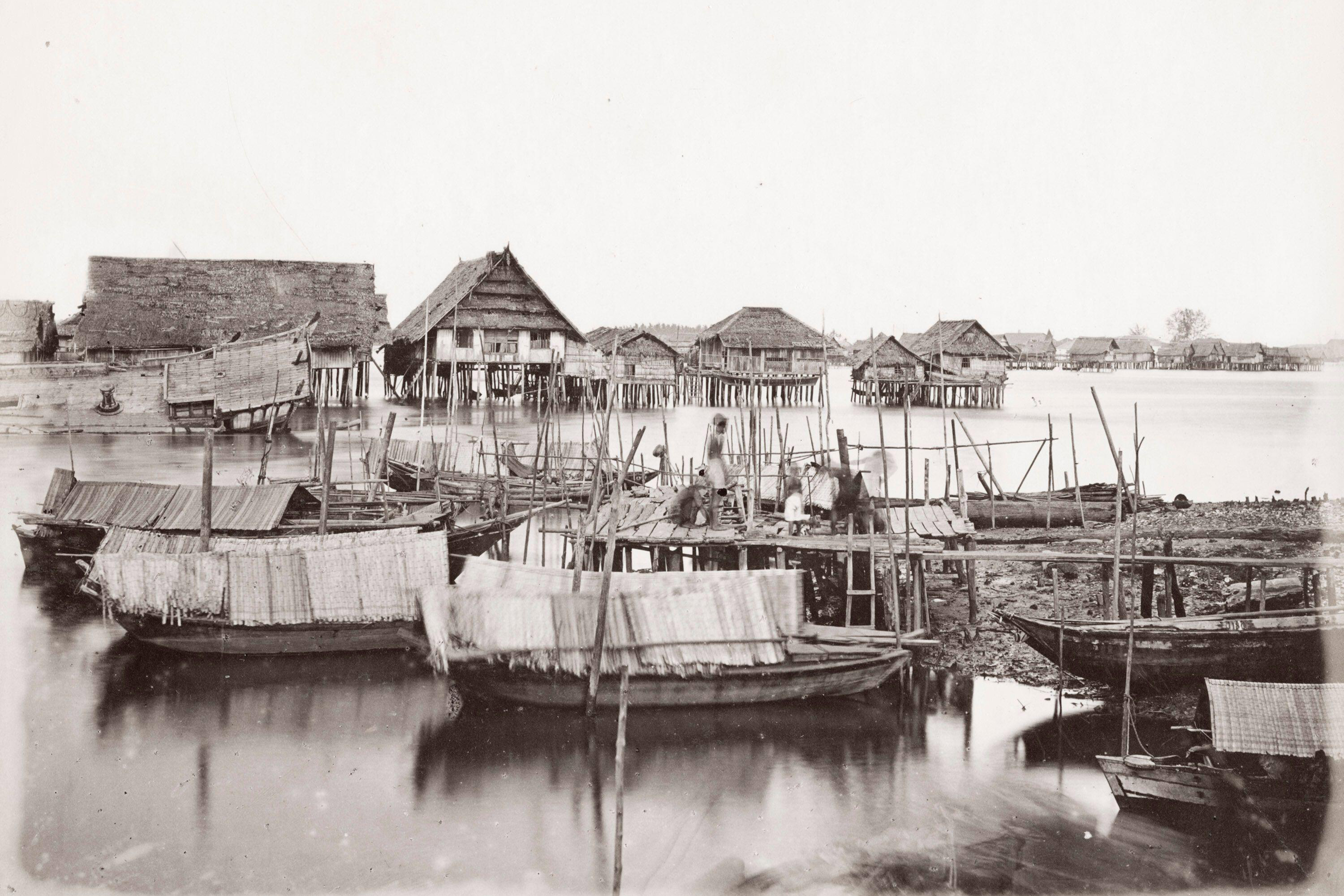
The Orang Laut, indigenous sea peoples who lived along the coasts and waterways of peninsular Malaysia, Singapore and the Riau Islands, were central to this maritime urbanism; they were integral to the success of regional empires like Srivijaya, which existed from the seventh to around the 13th century, and the 15th to 16th-century Malacca Sultanate. They patrolled shipping lanes, steered merchant vessels towards bustling ports and helped secure the maritime routes that underpinned the prosperity of these polities. By fostering relationships with the Orang Laut, rulers effectively controlled the seas and, with them, the flow of wealth through Southeast Asia.
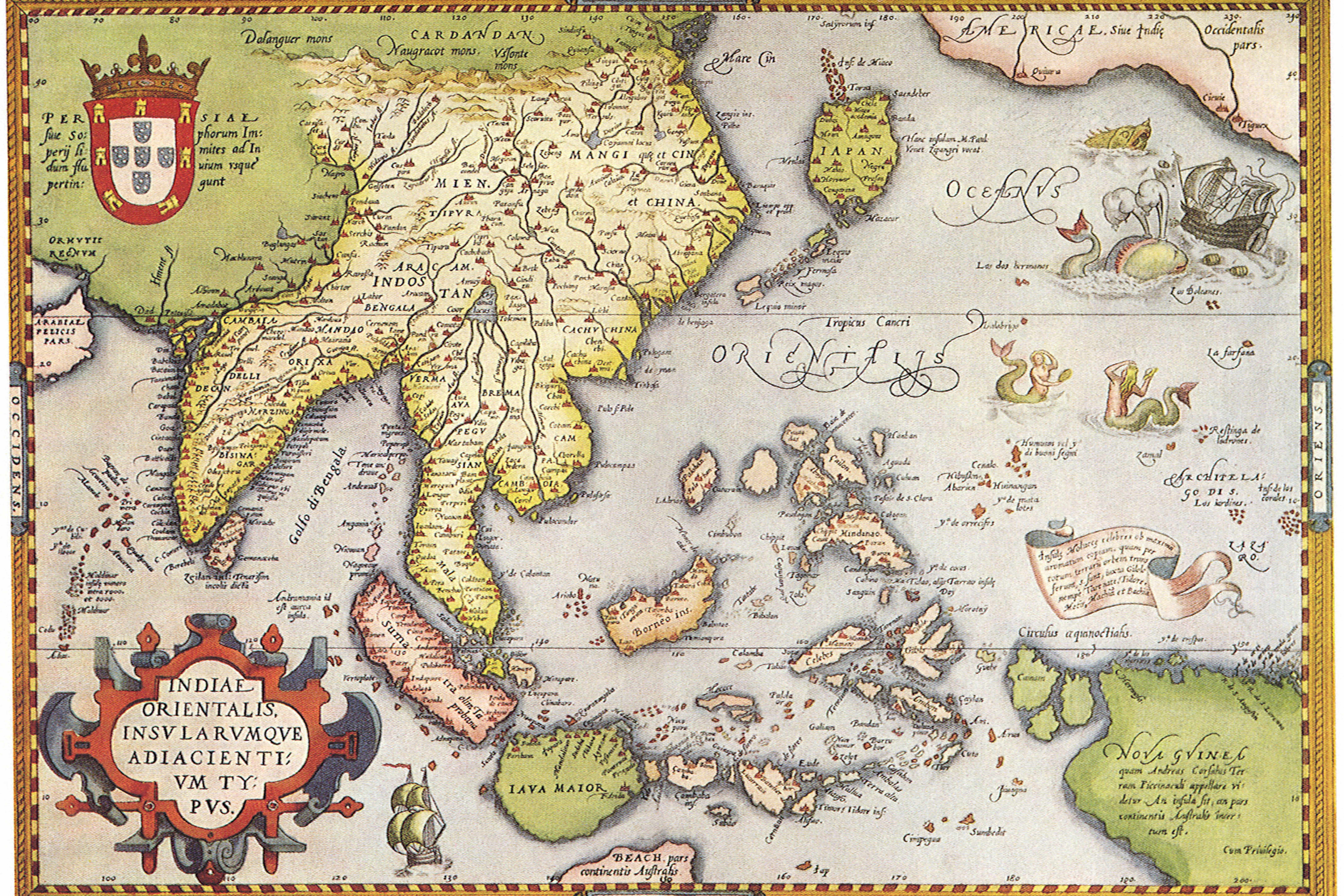
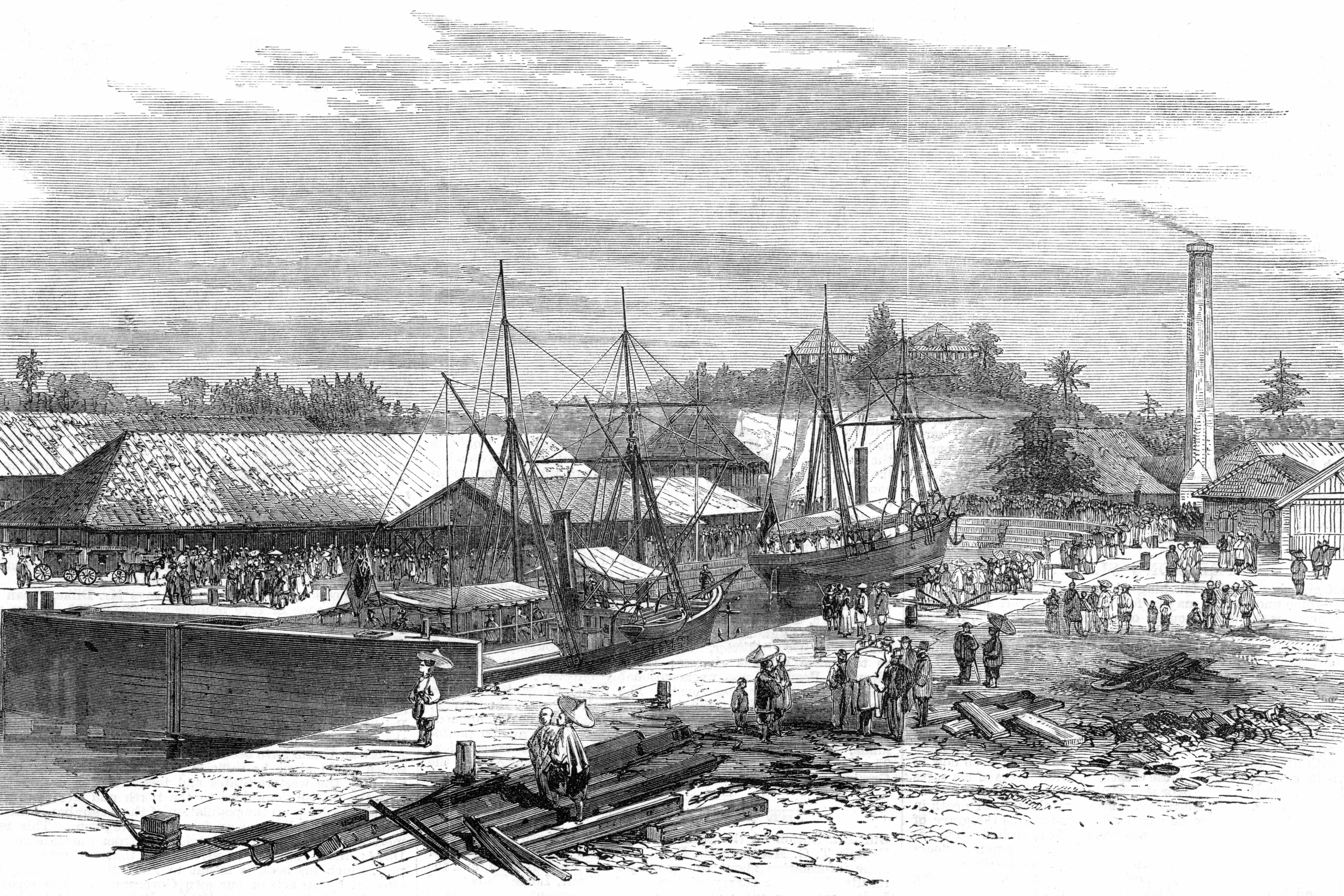
Kampongs, then, were not isolated from the world, but nodes in a system of maritime commerce and migration that stretched across the Indian Ocean and beyond. And this seafaring urbanism encouraged a more flexible, open and multicultural society compared to landlocked cities. Notably, women in these communities often held significant power, managing households and local economies while men were at sea — a marked contrast to the more rigid, patriarchal structures of feudal Europe.
The Bujang Valley in Malaysia’s Kedah offers a vivid example of how maritime urbanism shaped early urban centres. The valley, which flourished as long ago as the fourth century or perhaps even earlier, became a key trade hub, linking Southeast Asia with India, China and the Middle East. Its prosperity was tied to its access to the sea, and its urbanisation reflected a cosmopolitan mix of cultures and influences, including Hindu and Buddhist temples, monuments and evidence of sophisticated trade practices such as administrative and customs buildings.
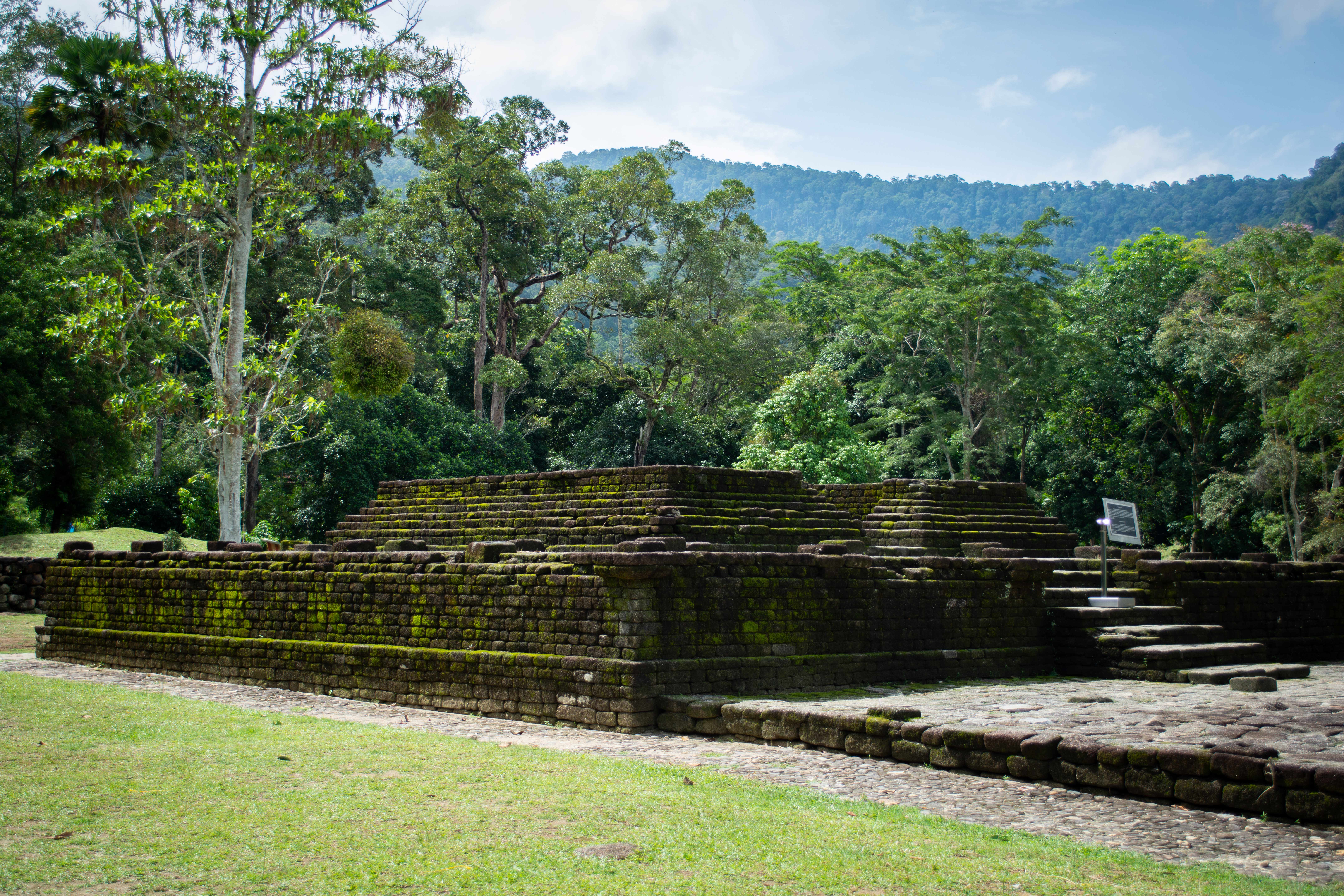
Here, the urban fabric was deeply intertwined with the sea. Rulers, and settlers depended on the sea not only for commerce but for cultural exchange, making the valley a melting pot of religious, linguistic and artistic traditions. The port-centric nature of its urban development meant that the settlement was more open, adaptive and diverse — much like the kampongs that dotted the coastlines of Southeast Asia.
Thus, the kampong and Bujang Valley offer insights into an urbanism shaped by the sea — a fluid, networked form of urbanisation that fostered diversity, openness and adaptability. Culture influenced governance, and governance shaped the urban fabric. The kampong, far from being an anachronism, offers valuable lessons for how cities today might embrace more fluid, networked forms of urbanism, better suited to a globalised world.
